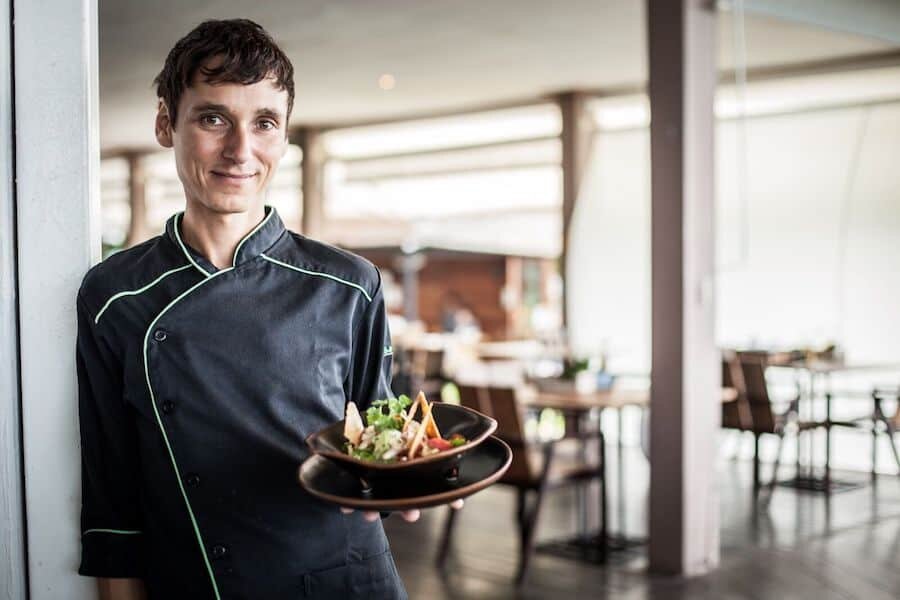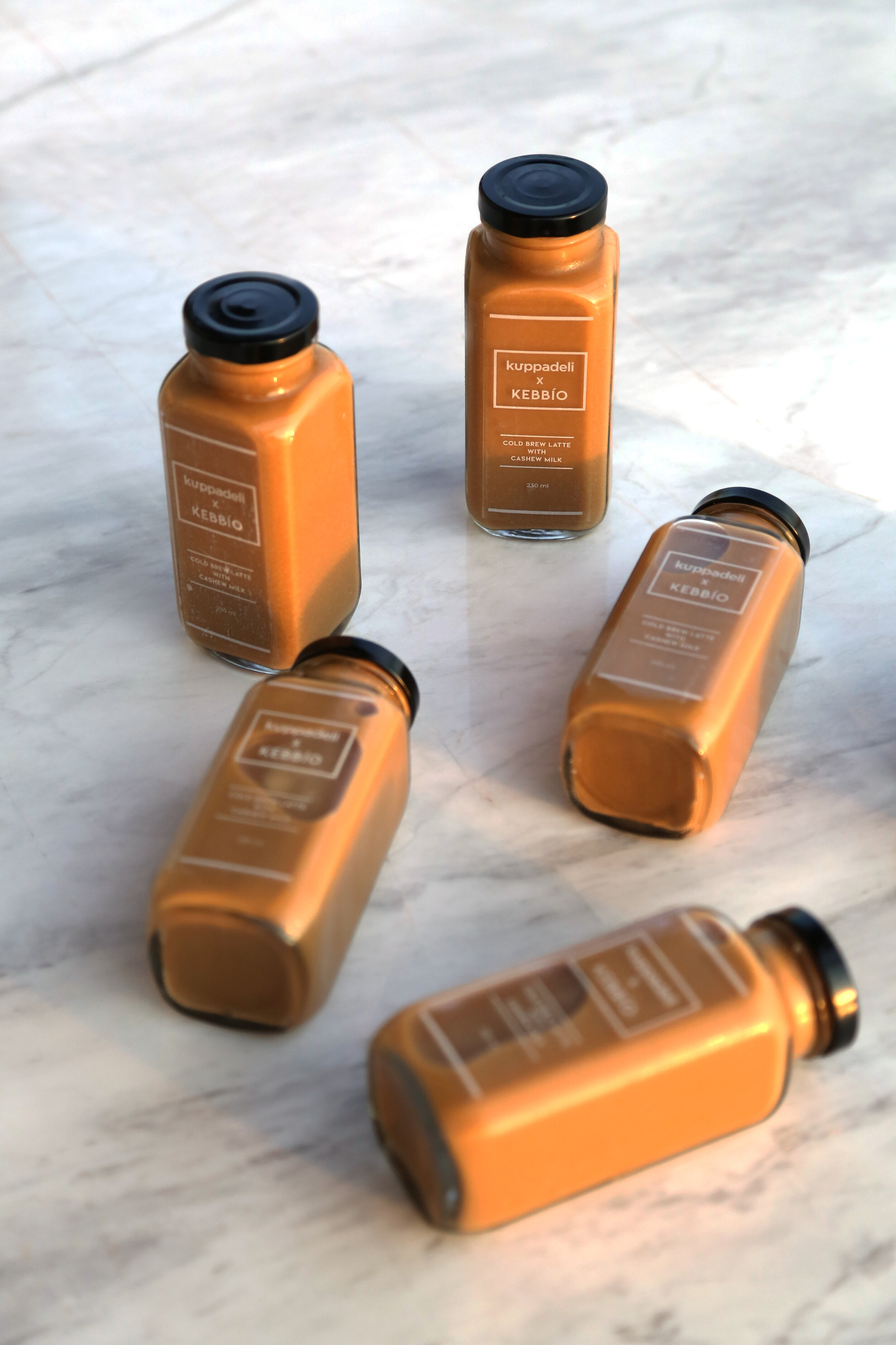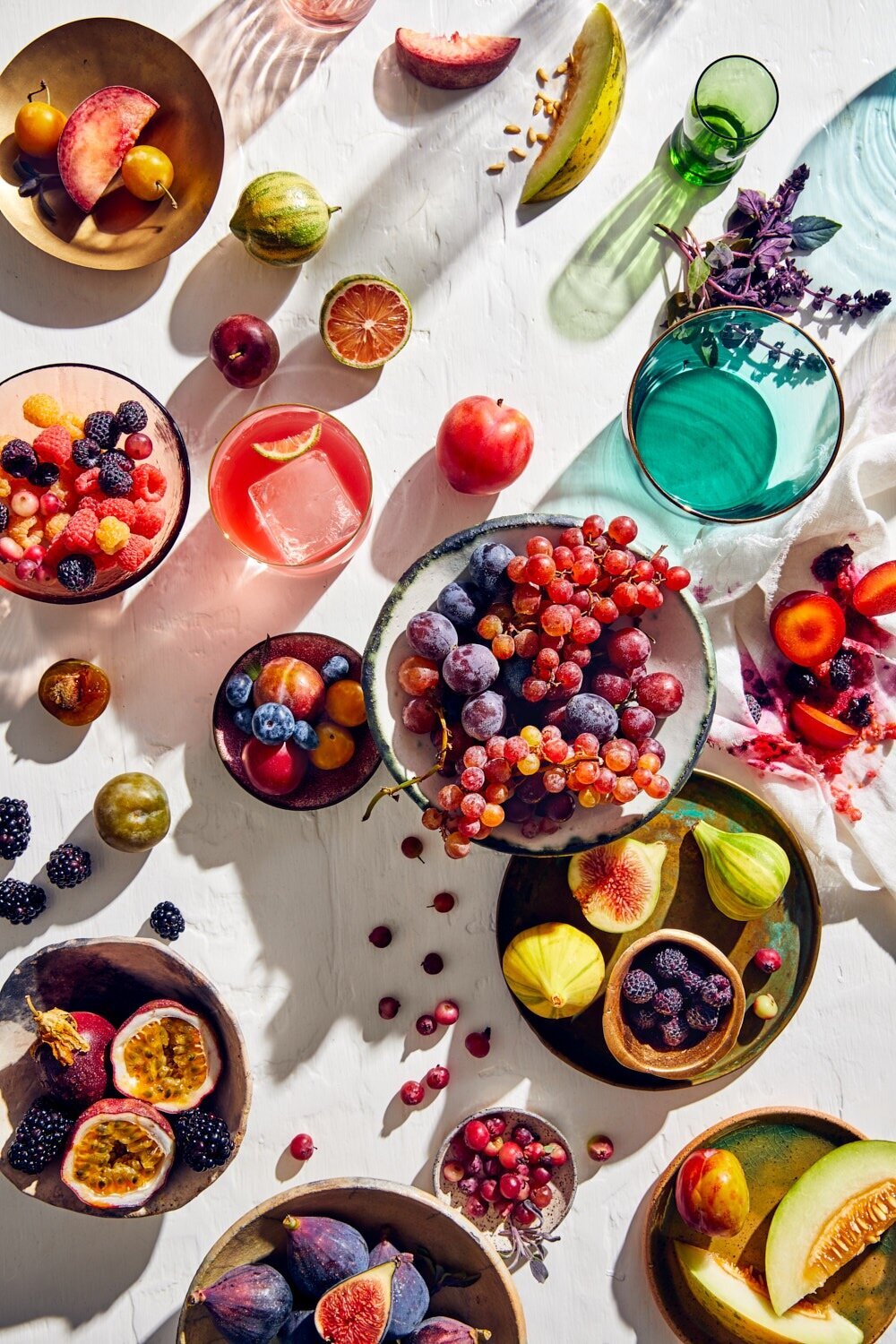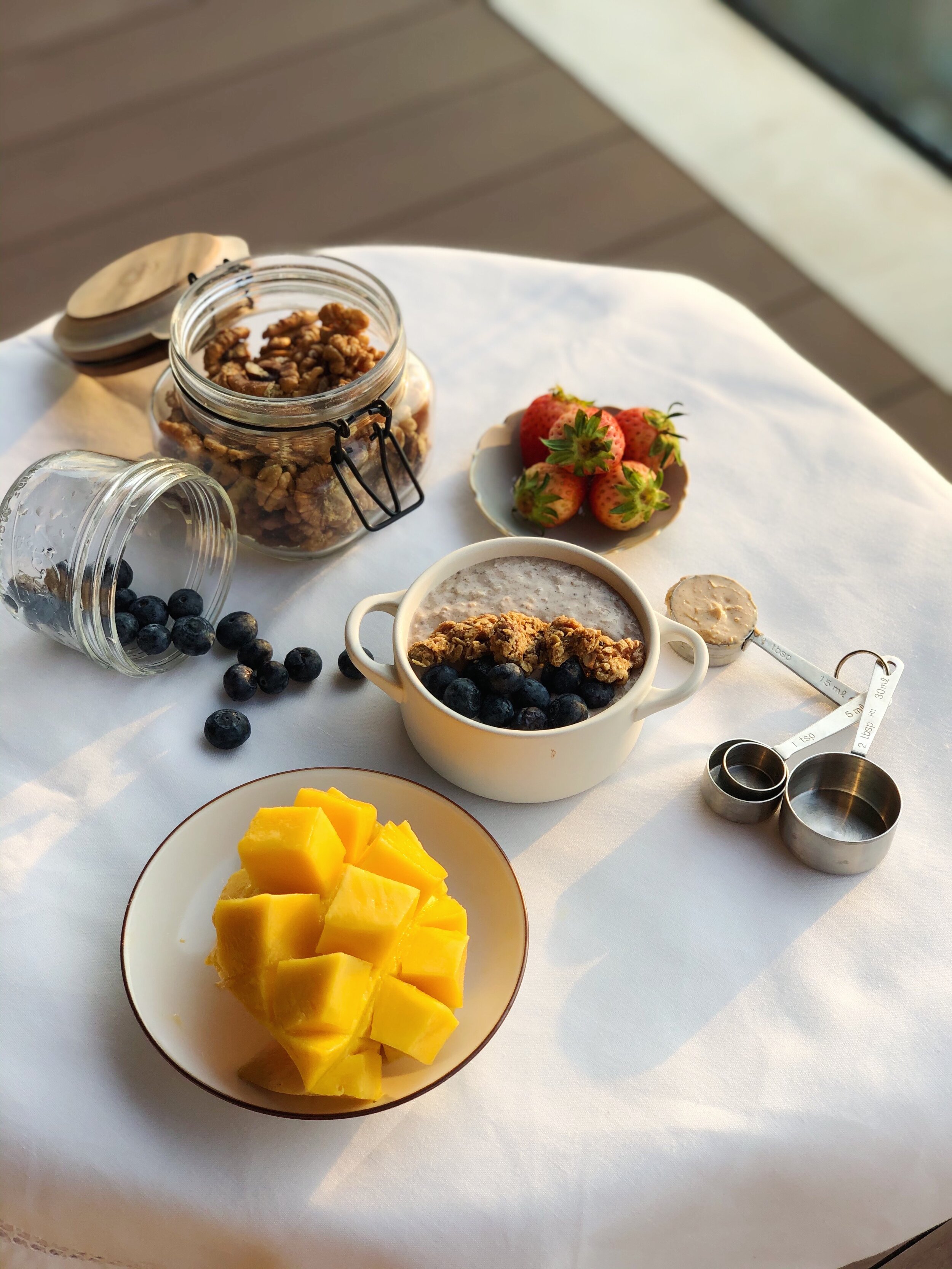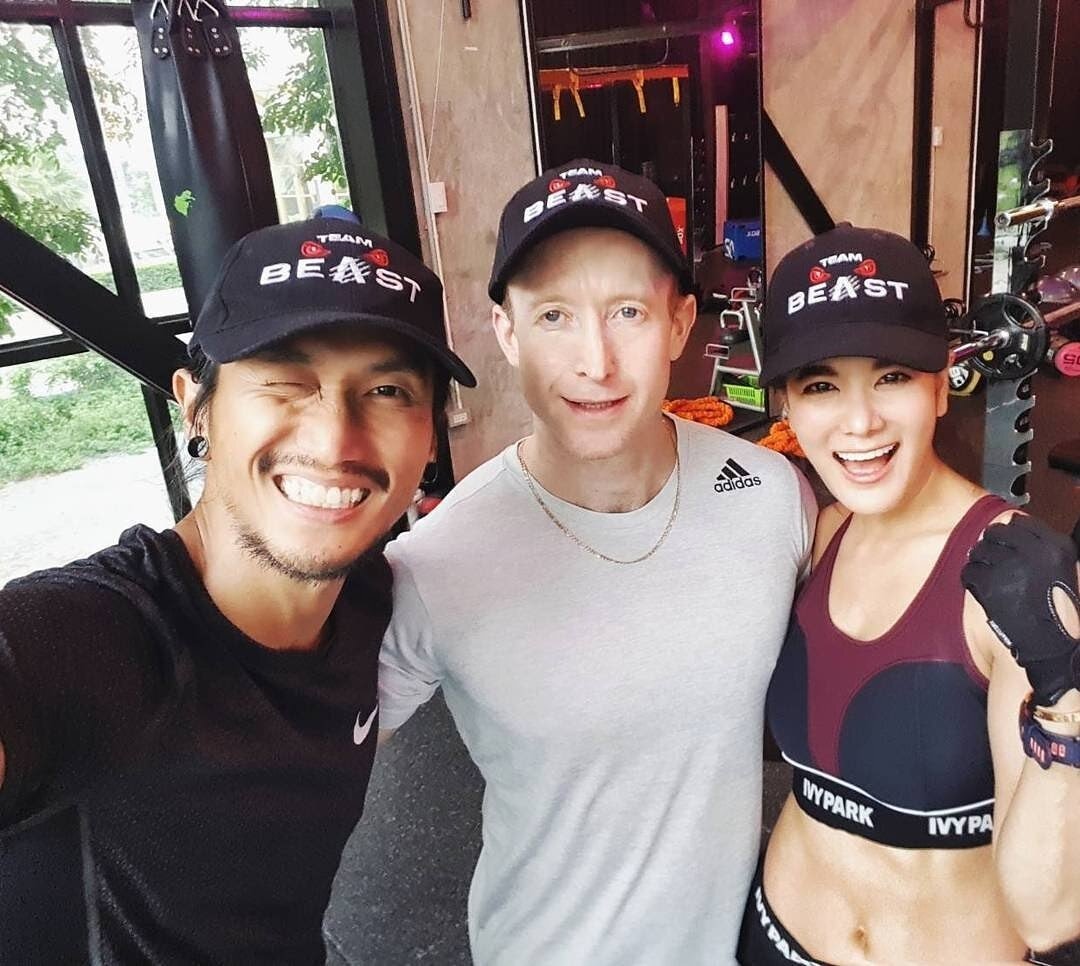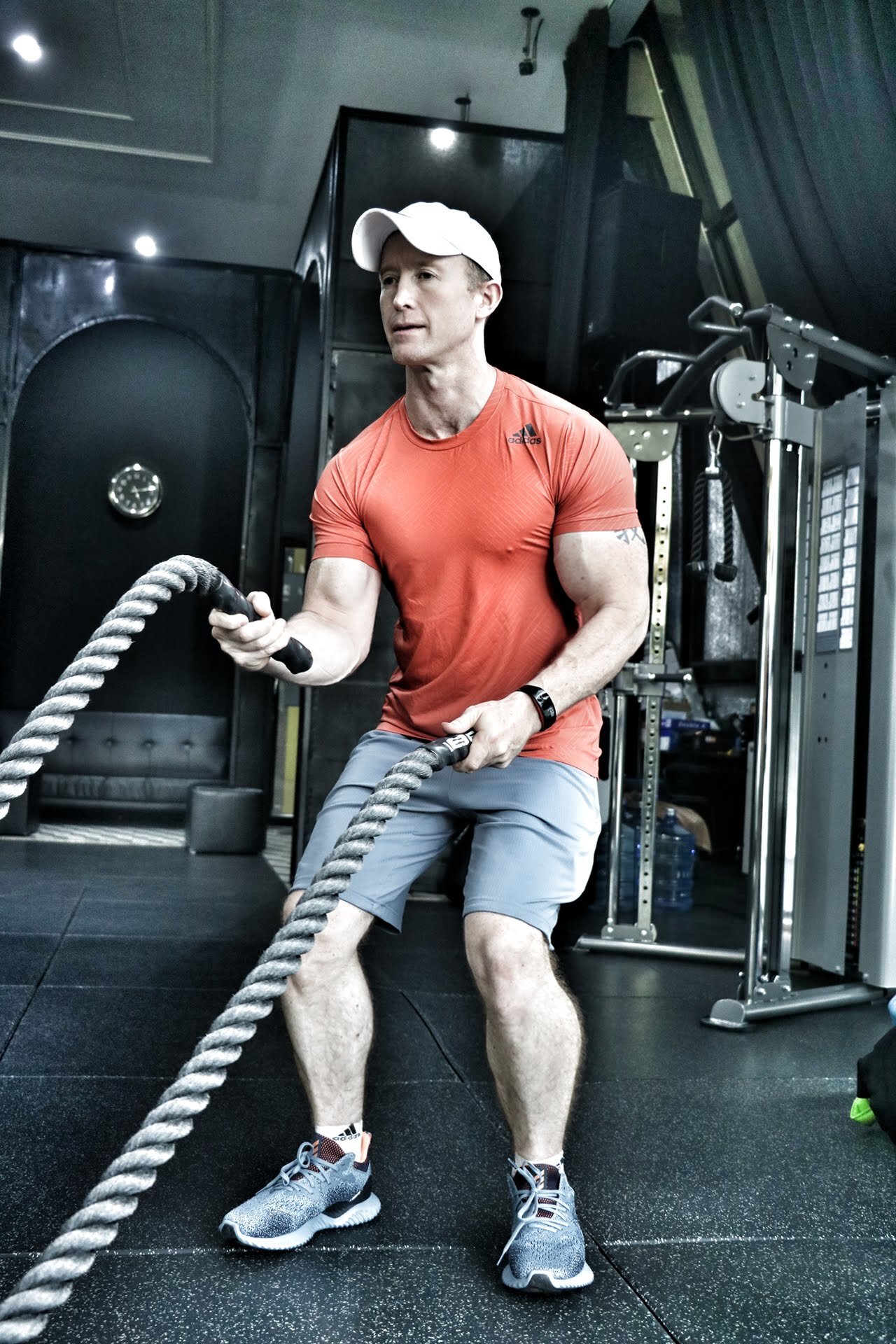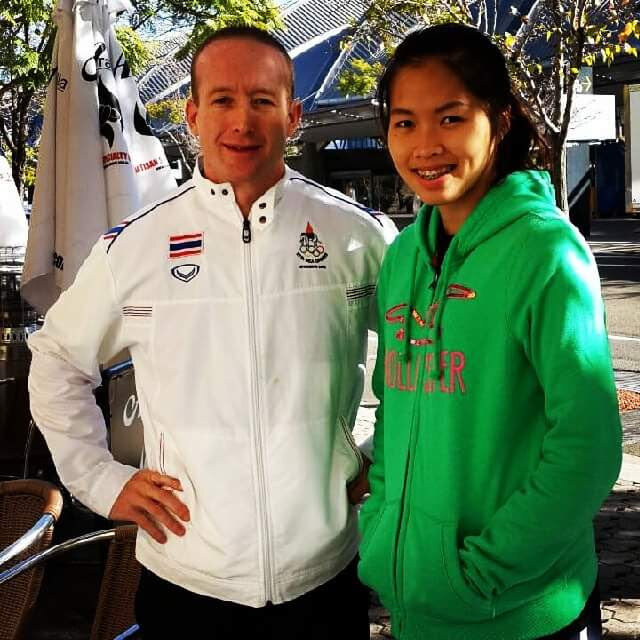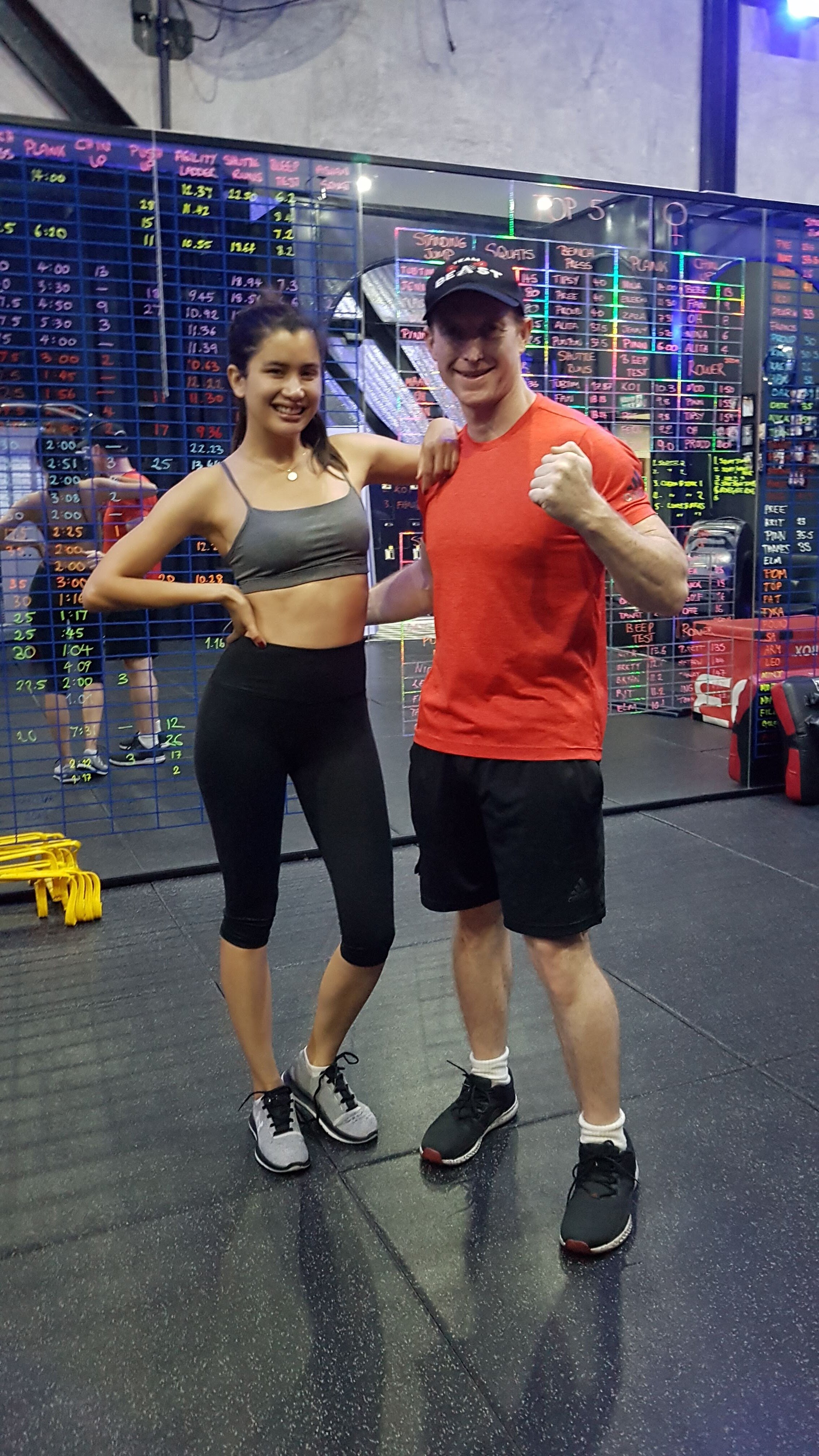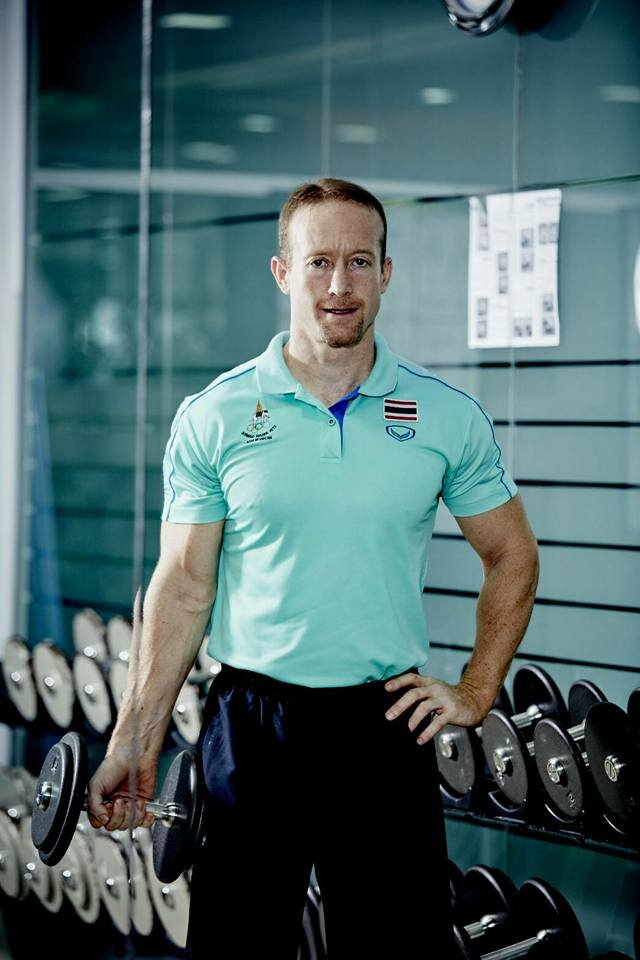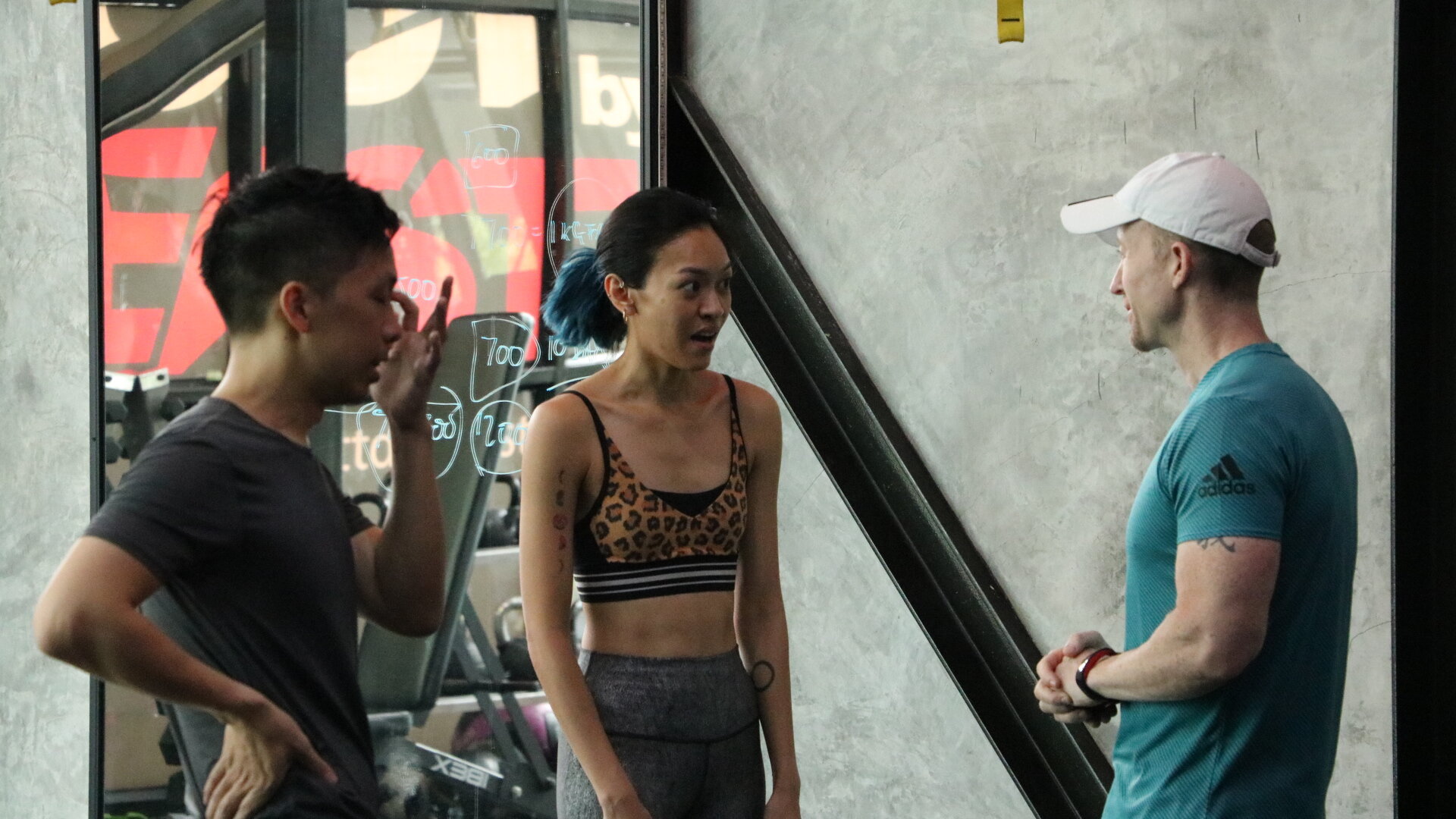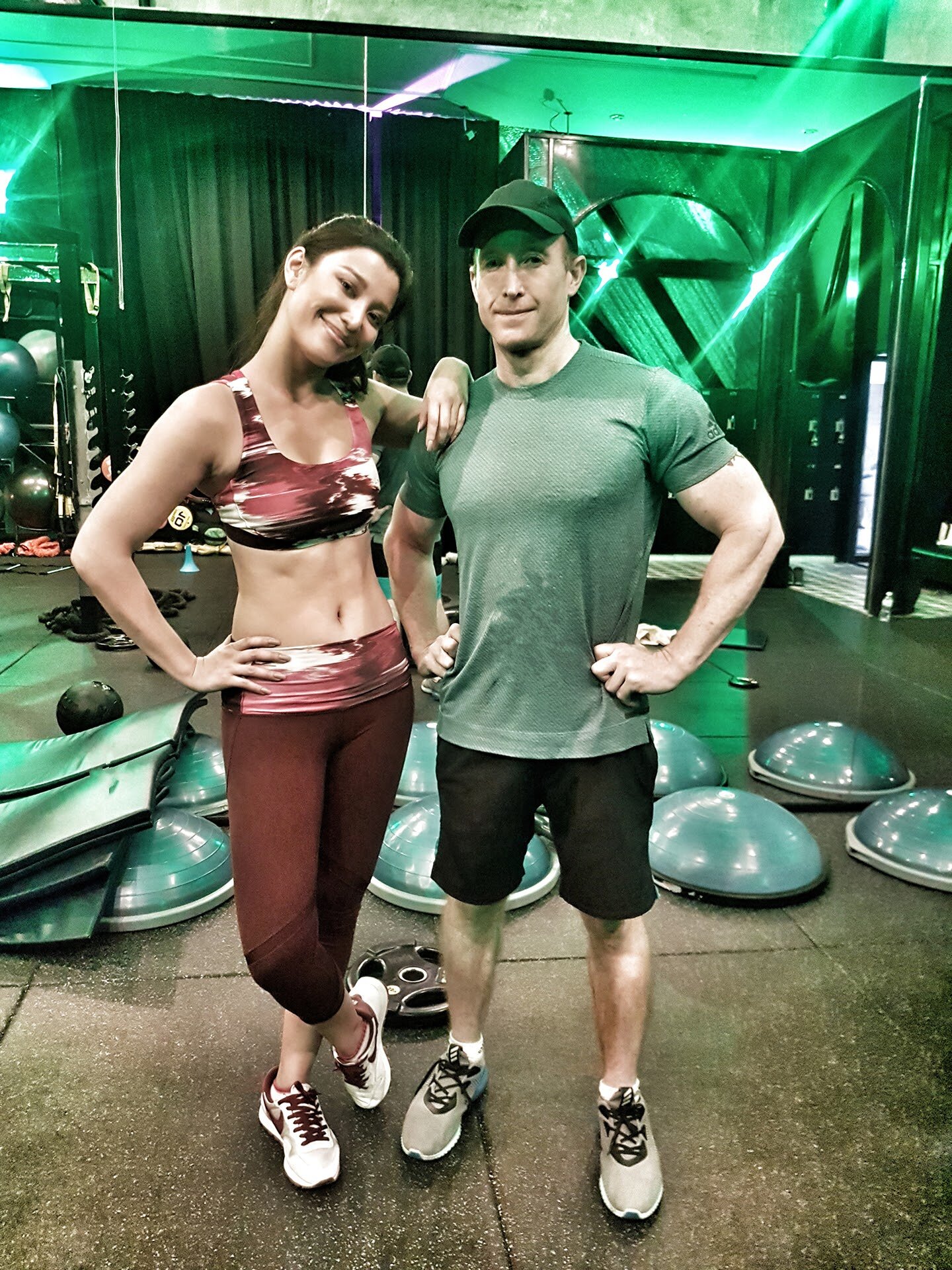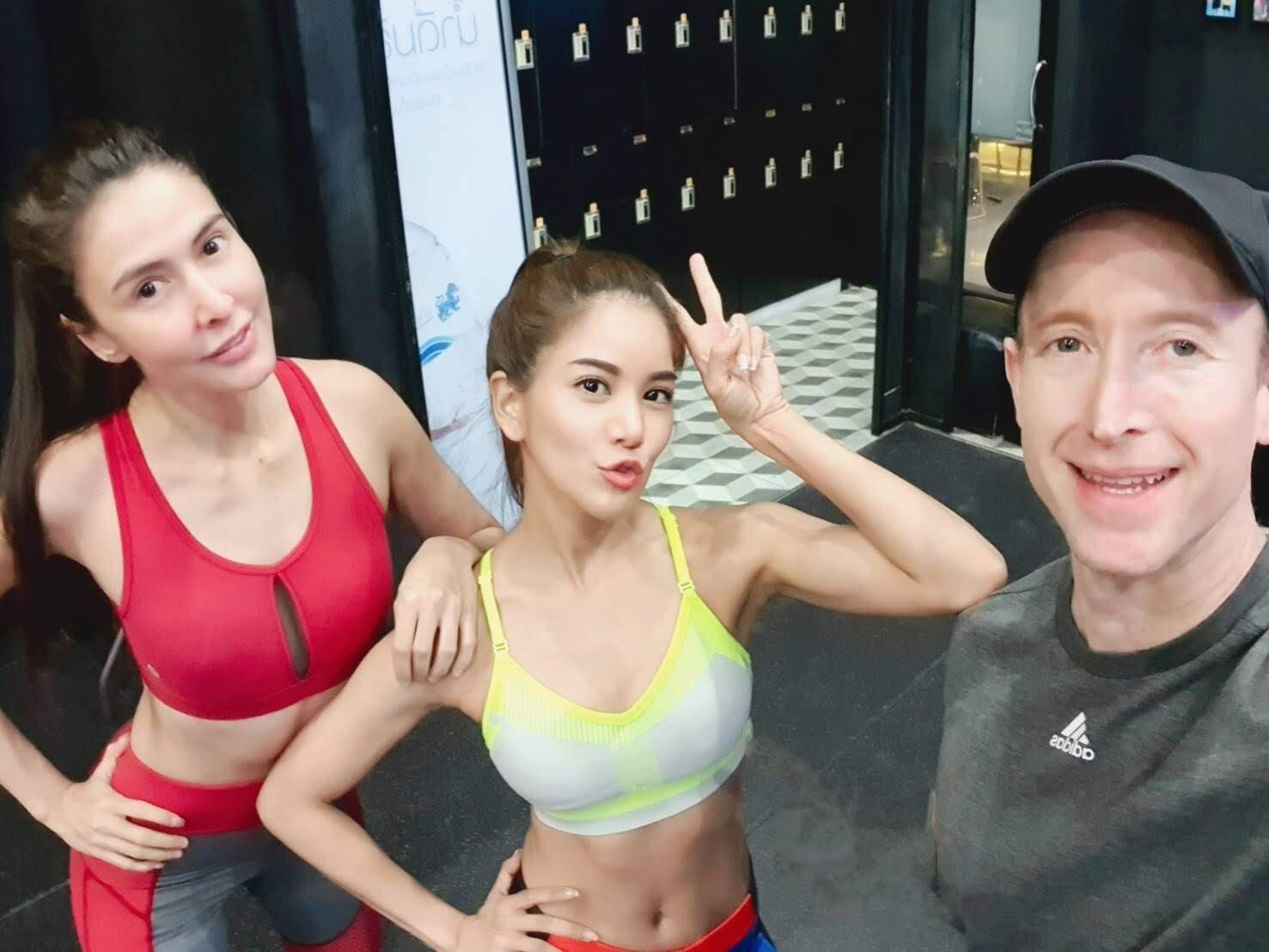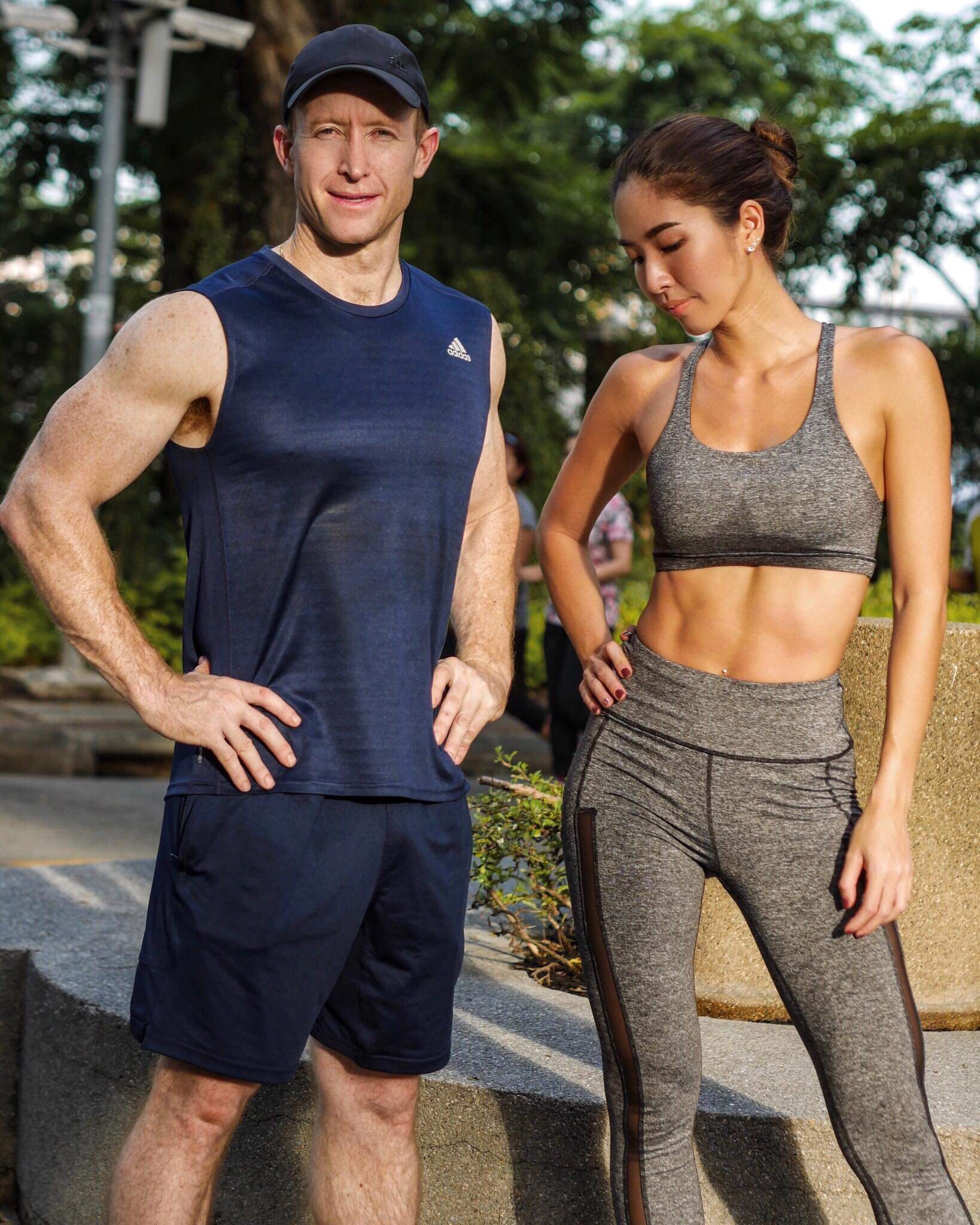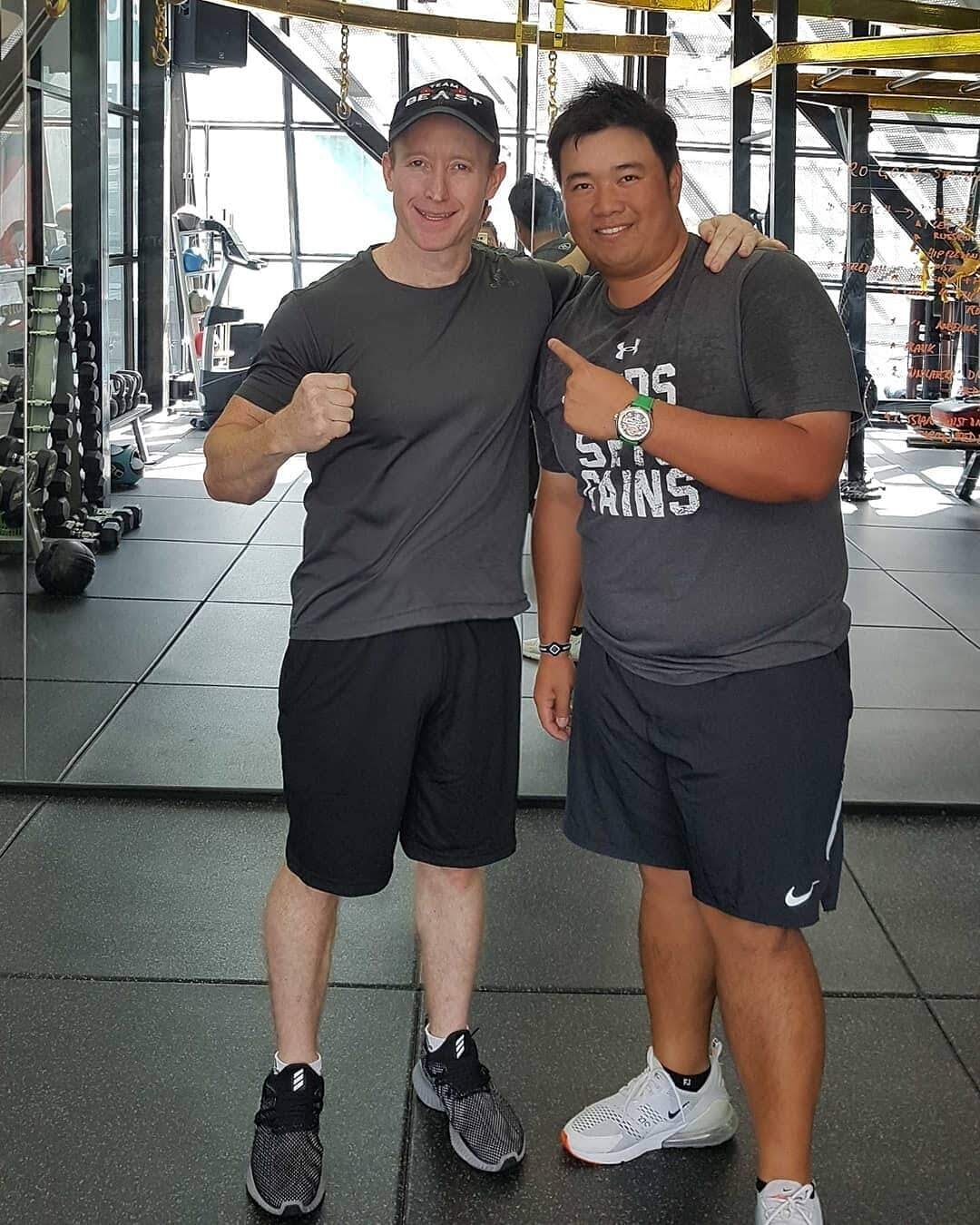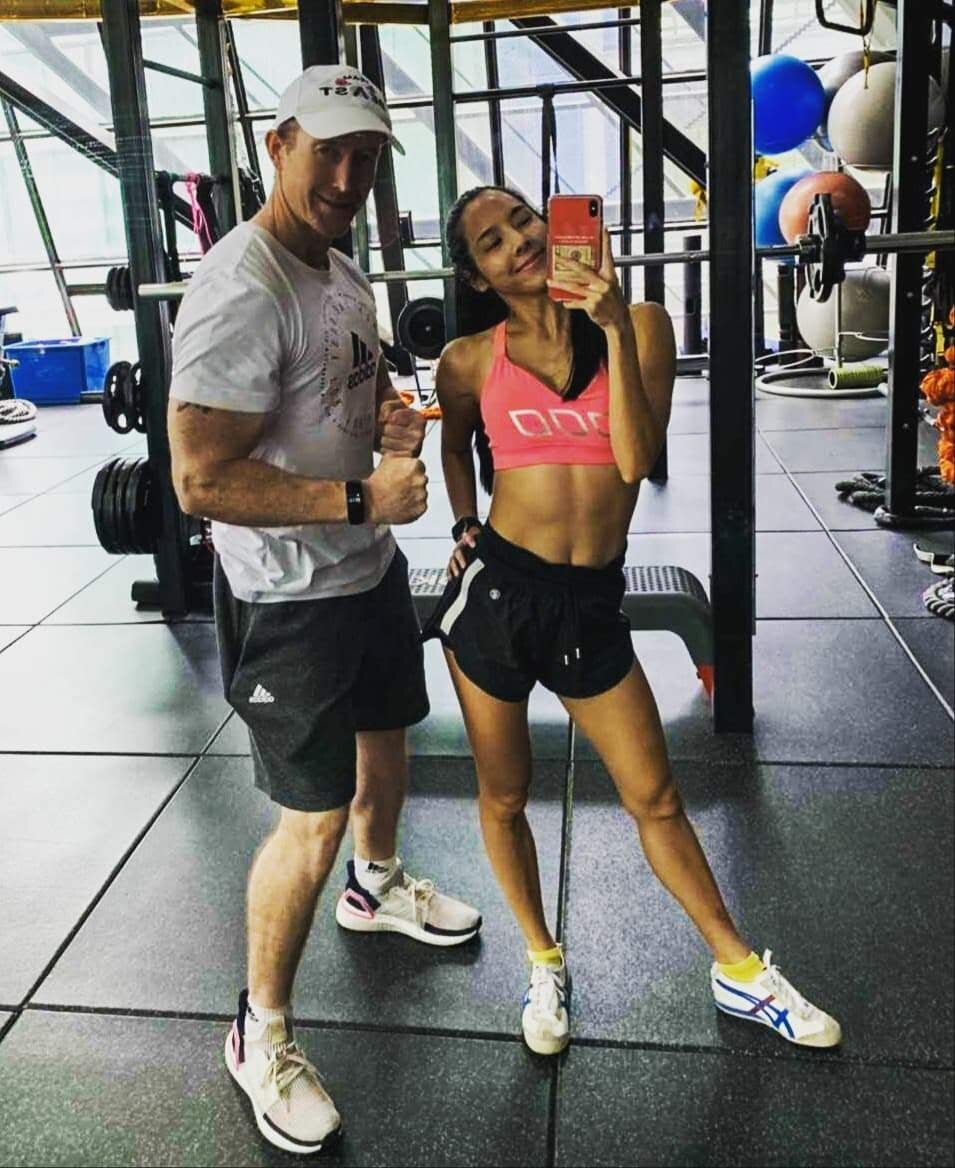Brett R. Taylor graduated with a Bachelors’ Degree in Exercise Physiology, a Masters in Strength and Conditioning, and is a registered sports scientist with the Australian Association for Exercise and Sports Science (AAESS). After a career in coaching national teams, he opened up his gymnasium, Body by Beast, to inspire others to get into their best possible shape through exclusive training using the latest scientific research and individualized plans to optimize results.
How and why did you start your fitness journey?
I realized from a very young age that Physical Education was the only subject I thoroughly enjoyed studying for, so I knew early on that this was a topic I was interested in. I then took a short course [in personal training] and worked in a YMCA gym as a gym instructor, which is essentially an apprenticeship in being a trainer. After completing the gym instructor course (NMIT College), I was honored to receive an internship in Japan through my high grades and gain incredible experience in the fitness industry. (At this point in time, I must emphasize that I was a personal trainer and not a strength and conditioning coach, as I had not yet earned my bachelor’s degree). After the internship, I went back to Australia to complete my degree in Exercise Science at the world-renowned RMIT University in Melbourne. After completing my Master’s degree in Strength and Conditioning, done in combination with the Chinese University of Hong Kong, I then started my career as a strength and conditioning coach.
Personal Training vs Strength and Conditioning — What’s the difference?
A personal trainer is someone who has completed a 1-year diploma or a short course. People can take short courses (either full time or part-time) and can be qualified within a few months. Some courses on the internet offer training programmes where people can even be online-qualified over a few days!
A strength and conditioning coach, on the other hand, is someone who has a bachelor’s degree, and usually also a master’s degree. While it isn’t absolutely necessary to have a master’s degree to become a strength and conditioning coach, most of the elite sporting teams would require their coaches to have that level of qualification. Upon graduation, people usually become either an exercise physiologist or a strength and conditioning coach. These two titles are interchangeable because graduates are typically knowledgeable enough to adapt to different clients and circumstances. Because they fully understand how the body operates, they can consciously and carefully design a specific program for you rather than choose pre-planned programs from a textbook.
An exercise physiologist is someone who usually works with hospital patients in rehabilitation, hand-in-hand with physiotherapists to work with those who have been injured. Strength and conditioning coaches usually work with elite sporting teams, the path I took when I worked with Thai National Teams, because prescribing exercises for top performance requires expertise. It is crucial for coaches to understand the complexity of the human body; it really isn’t something you can master in 3 months… it took me 6 years!
Are there specialties in exercise science, and what is your exercise specialty?
Usually a strength coach’s specialty comes with experience from the type of team they work with the most. In the United States, the strength and conditioning coach would typically, but not always, stay with a specific sport for most of their career. Every major professional sporting team will have a strength and conditioning coach [to come up with specific training programmes for the team].
I’ve worked with many Thailand National Teams: badminton, boxing, weight lifting (3 Olympic gold medals!), basketball, hockey, and water polo (gold medal at SEA Games!). My philosophy is that if you really know what you’re doing as a strength and conditioning coach, it shouldn’t matter what sports team you work with. It’s not hard to analyse different sports and adapt the program to the person you’re training. You shouldn’t be too one-dimensional, and most coaches can adapt if they really wanted to cross sports, like I did.





